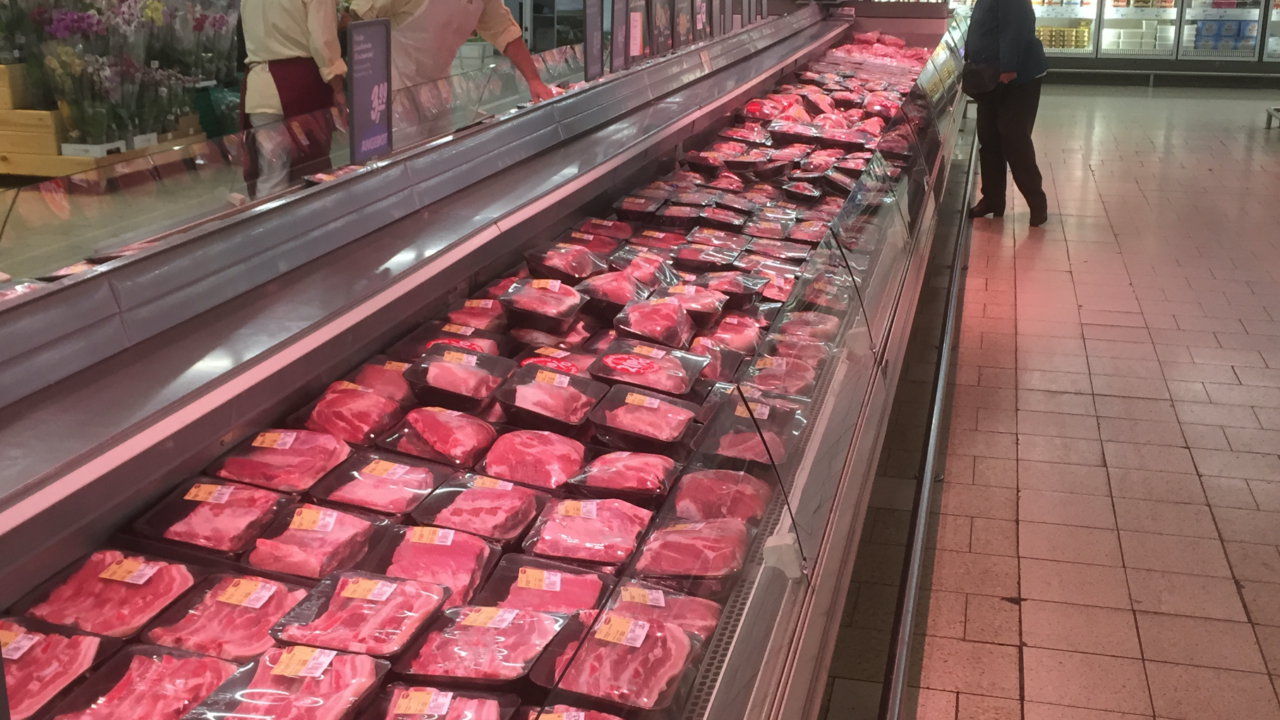The confirmation that food prices are stagnating across the UK retail food sector is really bad news for Irish farming.
It means that the dreaded scenario of a truly crippling cost squeeze on Irish farm incomes could soon become a reality.
The theory is a very simple one – farm costs continue to rise as retail prices either plateau or fall within the largest single market for Irish food exports. And the bad news is that we have now arrived at this juncture.
Retail food sector
This is the main conclusion that can be arrived at courtesy of the most recent figures produced by the Andersons Centre. The company’s ‘Agflation’ report for July lays out the scenario in full. And it does not make good reading at all for local farmers.
I’m tired of being told that farmers must accept that the only scenario coming down the track for them is one within which food prices keep getting ever cheaper.
In response to this, producers will be expected to ‘get their act together’ in a two-fold manner – increase productivity and improve efficiency levels.
All of this is fine and dandy, up to a point.
But with increasing bureaucratic, environmental and administrative challenges continuing to impact on local agriculture, surely farmers must get paid a price that reflects all of the ensuing investment that will be required to ensure compliance, where these matters are concerned.
The reality is that we don’t do cheap food in this part of the world. Further evidence of the increasing bureaucratic pressure on farmers is the recent confirmation of increasing numbers of cattle being discarded at meat plants, because of issues relating to their identification.
A recent survey confirmed that farmers get more vexed when it comes to securing compliance with animal identification and traceability measures, than would be the case with any other facet of their businesses.
Keeping up with inflation?
It’s also worth pointing out that, had redmeat prices kept track with inflation over recent years, the producer price for beef now would be in the region of €7.50/kg deadweight.
This figure knocks for six the notion that food is expensive. In reality, all the staple food items are cheaper now, in real terms, than they were a generation ago. And this is despite the hike in retail prices recorded over recent months.
It’s also worth remembering that the amount of aid available to Irish agriculture, courtesy of the Basic Payment Scheme, is reducing every year.
All of this serves to highlight the need for the Irish farming industry to get a strong and clear message across to consumers, highlighting the need for a proper and constructive debate on the way food is now produced.
Farmers cannot be expected to work for nothing. There is a clear and strategic need for the maintenance of a strong indigenous farming industry in Ireland.
However, this will not be secured on the back of a cheap food policy.
Rising costs
Production costs have doubled on many farms over the past five years. This development has not been reflected in retail outlets across the EU, which means that farmers are taking most of the pain
Retailers and consumers across Europe must, therefore, be reminded in the strongest possible terms that farmers can only take so much.
Back when Phil Hogan was European Agriculture Commissioner, commitments were made to the effect that farmers’ ‘exposed’ position at the very beginning of the food chain would be fully recognised by the European Commission.
But it would seem that Brussels’ priorities have changed in the intervening years.
